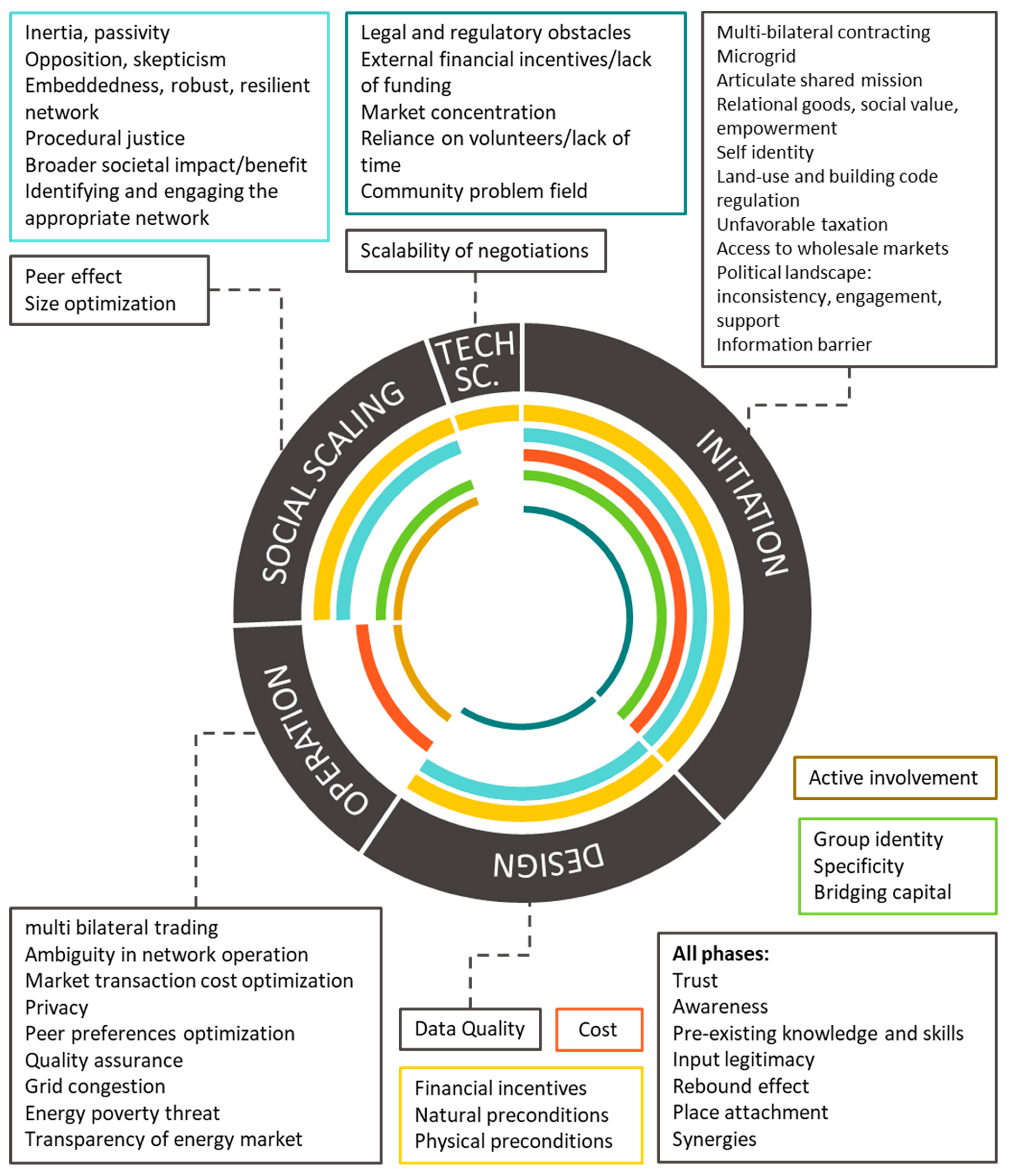
- #VT TRANSACTION COST PLUS#
- #VT TRANSACTION COST SERIES#
You can select more than one column name at a time using the Control+click keyboard-mouse combination. To remove a column, click the column name on the right to select it, and then click the left-facing arrow to move the selected column name to the list of Columns Available. To add a column, click the column name on the left to select it, and then click the green right-facing arrow to move the selected column name to the list of Columns Included. Columns that you can add are listed in the Columns available box on the left.
All current columns are listed in the Columns Included box on the right. Click the Configure Columns link located above and to the right of each configurable table. When you configure columns for the detail tables, your changes apply to all detail tables. You can configure columns for the Summary Analysis table, for all of the detailed tables, for the Outlier Analysis tables and for the Order Details table. If your current active filters are showing only ten orders, then the Order Details will include details for those ten orders. For example, if you are viewing all marketable stock orders and there are 300 orders, the Order Details will include details for those 300 orders. Order Details shows data only for the orders that are visible in the current view using the current active filters. View detailed data for the orders in the current view by clicking the View Order Details link at the top of the screen.Ĭlick the Back link at the upper right corner of the screen to return to the original report view. To choose a different date range, click Change Date Range in the upper right corner of the page. To return to the original Summary Analysis table and remove all filters, click the X icon next to Remove All in the Current Active Filters display. The Current Active Filters changes to look like this (and the report data refreshes to indicate the new Current Active Filters): You remove the Trade Size: 500 à 1000 filter by clicking the X icon to the left of the filter link. The report data refreshes to reflect the change in the Current Active Filters.įor example, suppose your Current Active Filters display looks like this: You can remove any filter in any order at any time. Remove individual filters by clicking the X icon next to a filter link in the Current Active Filters display located at the top of the screen. Filter the results further within each of the detailed breakdowns by clicking the appropriate category. You can jump quickly to the Outlier Analysis from the link at the top of the screen. The Outlier Analysis shows an analysis of the Top and Bottom orders for each of the performance benchmarks. In addition, an Outlier Analysis is added to the results in the bottom half of the screen. Detailed results are displayed in additional tables: #VT TRANSACTION COST PLUS#
Click a category (expanding items are indicated by a plus sign) to drill down to view more detailed data by instrument type and marketability. Here is an example of transaction cost analysis Summary Analysis results. Sort the data by any column by clicking the column heading. All performance numbers are in basis points, and volume is in shares or contracts, as applicable. 

The page displays the results of your analysis in the Instrument Type and Marketability section in the Summary Analysis.
Select a start date and an end date from the From Date and To Date drop-down lists, then click Submit to generate your analysis. Click Reports > Transaction Cost Analysis. You can access this page if you have trading access and you have been granted Reporting access rights. See Understanding the Transaction Cost Analysis for a complete description of each column heading and performance benchmark used in the analysis results. You can also add or remove columns from tables using the Configure Columns feature.Ĭombinations are not supported in the Transaction Cost Analysis. A positive number indicates that the trade worked in your favor a negative number indicates that the trade did not work in your favor. The performance of a trade is calculated by marking the trade price to each benchmark. You can drill down in a variety of categories, including trade date, order side, exchange, trade price and underlying, to see how each trade performed when compared to the benchmark. 
#VT TRANSACTION COST SERIES#
Performance metrics are expressed as basis points (bps) of value traded.Įach executed trade in the period of the analysis is marked to a series of performance benchmarks with the results displayed in multiple interactive tables. Transaction Cost Analysis applies to trades of any instrument type and is typically available ten minutes after a trade is executed. Transaction Cost Analysis is a dynamic and interactive analysis of your trades marked to various benchmarks grouped in different categories or on a per-order basis. You are here: Reports > Transaction Cost Analysis Transaction Cost Analysis







 0 kommentar(er)
0 kommentar(er)
